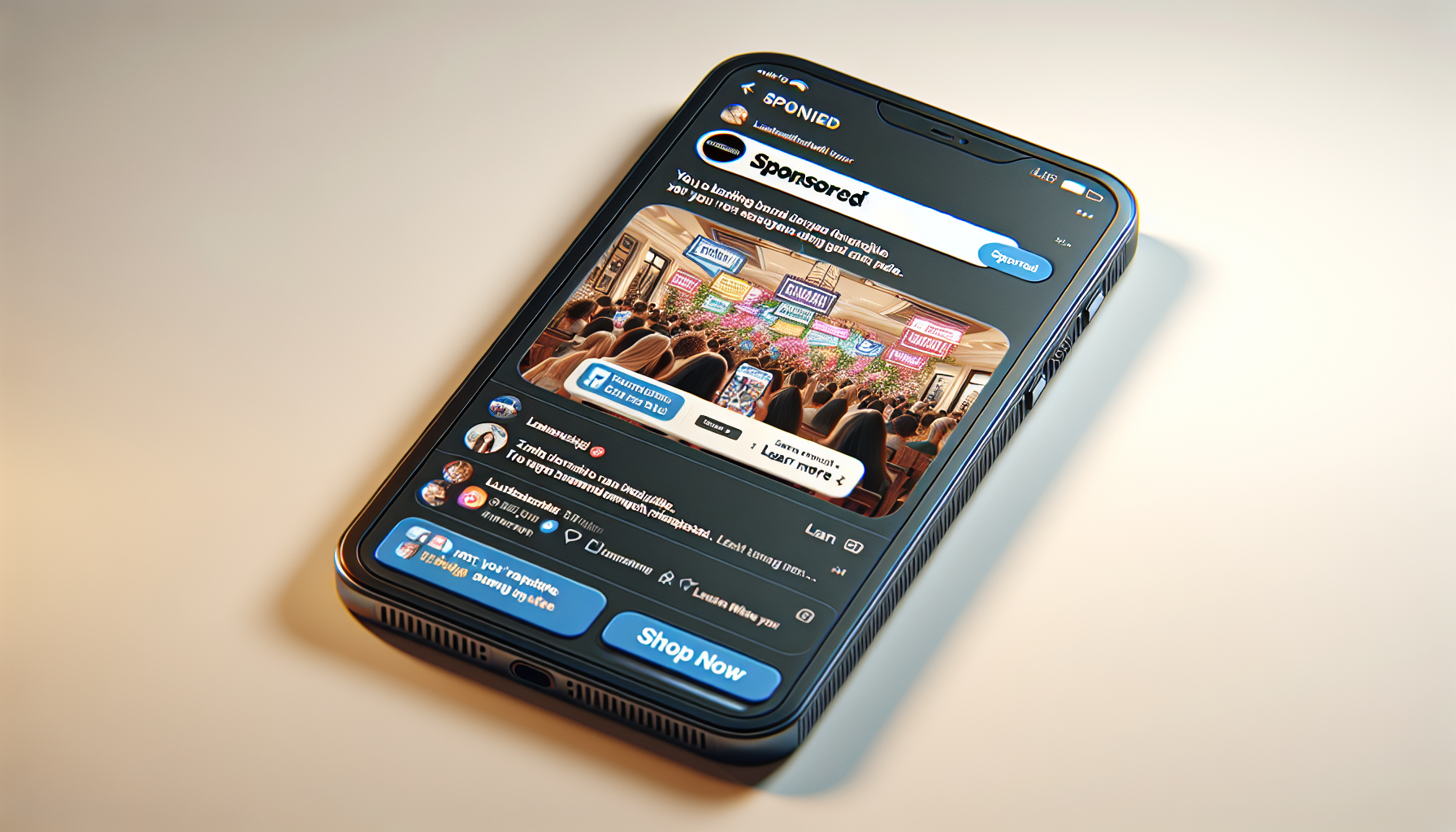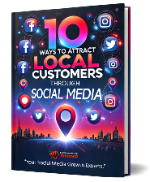In today’s digital age, small businesses can no longer ignore the power of social media, and to improve social media presence, you will have to be on platforms like Facebook, Instagram, and LinkedIn, which can boost brand visibility, engage customers, and ultimately drive sales. But how do you improve your social media presence effectively? In this guide, we’ll walk you through actionable steps to help your small business shine online.
Define Your Target Audience

Understanding Your Audience Matters
The first step in improving your social media presence is understanding who you’re talking to. Without knowing your target audience, you risk creating content that doesn’t resonate. Consider factors like age, location, interests, and pain points. These details will shape the tone, style, and type of content you post.
Tools to Help Identify Your Audience
You don’t have to guess who your audience is. Tools like Facebook Audience Insights, Google Analytics, and customer surveys can give you a clear picture. Use this data to tailor your social media efforts specifically to your customer base. For instance, a local coffee shop may want to target young professionals, while a B2B business may focus on decision-makers within companies.
Choose the Right Platforms

Evaluating Popular Social Media Channels
Not all social media platforms are created equal. Facebook remains a popular option for most businesses due to its large user base, but Instagram is ideal for sharing visual content, especially for product-based businesses. LinkedIn works well for B2B companies looking to network with professionals.
Focusing on Platforms That Align with Your Business Goals
If you run a small retail shop, Instagram might be more effective than LinkedIn. On the other hand, if you’re in a service industry, like consulting or B2B, LinkedIn should be your primary focus. The key is to invest your time in the platforms where your audience is most active.
Create High-Quality, Relevant Content

Types of Content to Post
Once you’ve identified your audience and chosen the right platforms, it’s time to focus on content. The most engaging social media accounts post a variety of content, including images, videos, infographics, blog articles, and even user-generated content. Visual content like photos and short videos perform well across most platforms, while informative blog posts may attract your audience on LinkedIn.
Content Strategy Tips for Small Businesses
Consistency is key to maintaining an active presence. Posting sporadically can cause followers to lose interest. Consider creating a content calendar to ensure you’re posting regularly. Keep your content relevant to your audience’s needs and interests, and don’t be afraid to inject some personality into your posts to make them more relatable.
Engage with Your Audience

Responding to Comments and Messages
One of the biggest mistakes small businesses make is ignoring their audience. Responding to comments and messages shows that you care about customer feedback and helps build relationships. When someone leaves a comment or asks a question, be prompt and personable in your response.
Running Contests and Polls
Another way to improve your social media presence is by running contests or polls. This not only encourages interaction but can also increase your reach as participants share your content with their followers. For example, a restaurant could run a giveaway for a free meal, encouraging participants to tag friends and follow the account.
Utilize Paid Advertising

When to Invest in Paid Social Ads
While organic reach is important, small businesses may want to invest in paid social media ads to amplify their efforts. This is particularly useful if you’re looking to target a broader audience or promote a special offer.
Types of Ads to Improve Social Media Presence
Facebook and Instagram ads are popular choices for small businesses, as they offer detailed targeting options and a variety of ad formats, from simple image ads to carousel and video ads. LinkedIn also provides advertising options, particularly useful for B2B businesses.
Measure Your Success and Adjust

Key Metrics to Track
To understand how well your social media efforts are working, track key metrics such as engagement (likes, comments, shares), reach (how many people saw your post), and conversions (how many people took action, like visiting your website or purchasing a product).
Tools to Track Social Media Performance
Use tools like Hootsuite, Buffer, or the built-in analytics on platforms like Facebook Insights or Instagram’s business tools to measure these metrics. Adjust your strategy based on what’s working and what isn’t.
Stay Consistent and Evolve

The Importance of a Social Media Calendar
A social media calendar helps you stay organized and ensures you post consistently. Plan your posts at least a week in advance, and use tools like Buffer or Later to schedule them. This allows you to focus on other aspects of your business while still maintaining an active social media presence.
Adapting to Trends and Changes
Social media platforms are constantly evolving, with new features and trends emerging all the time. Stay updated on these changes, and be willing to adapt your strategy. Whether it’s jumping on trending hashtags or experimenting with new content formats like reels or Stories, staying flexible will help keep your business relevant.
Conclusion
To improve social media presence for your small business requires time, effort, and a well-thought-out strategy. By defining your audience, selecting the right platforms, creating quality content, engaging with your audience, and measuring your success, you can create a social media presence that boosts your brand visibility and grows your customer base.
Need help getting started? Contact our digital marketing agency for personalized social media strategies that will help your small business thrive online.


